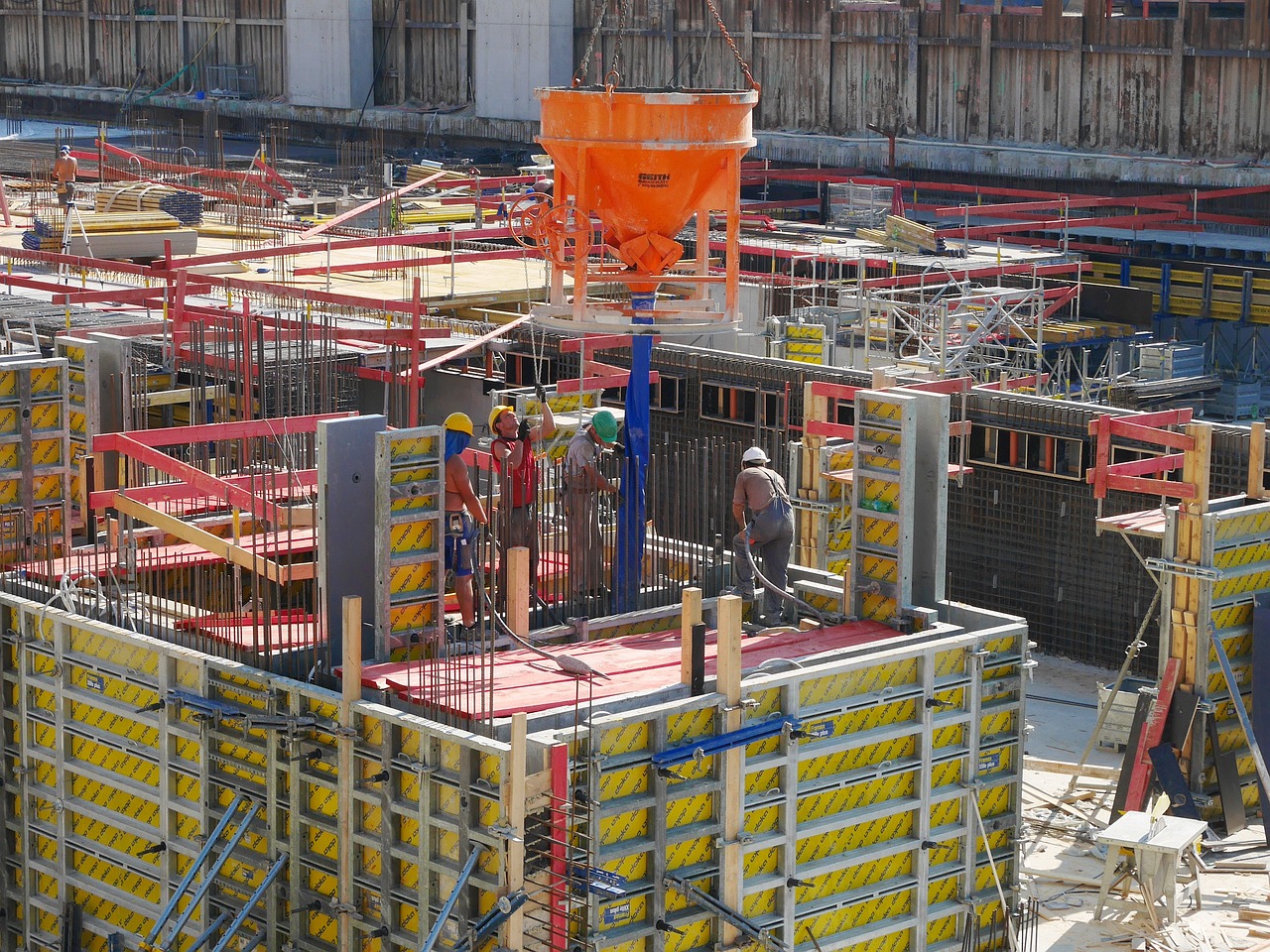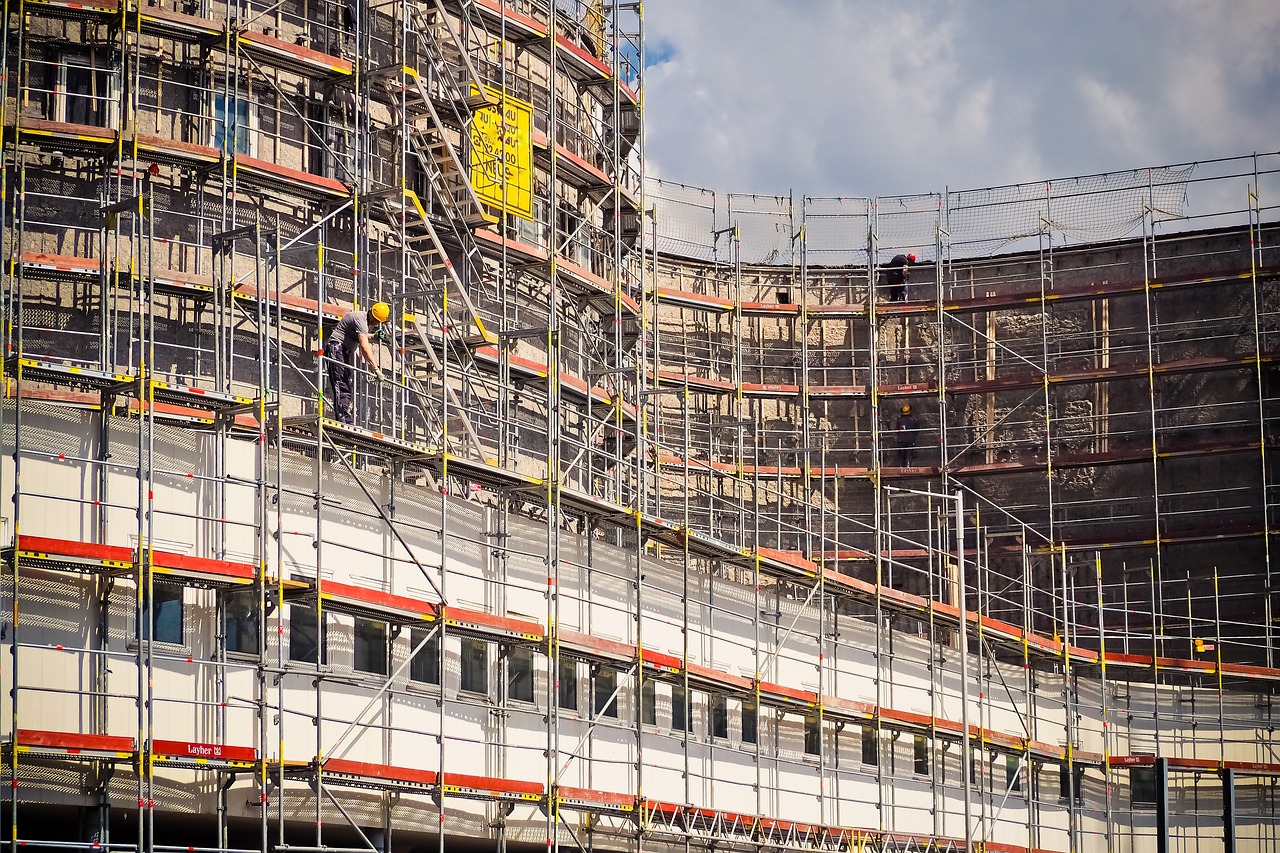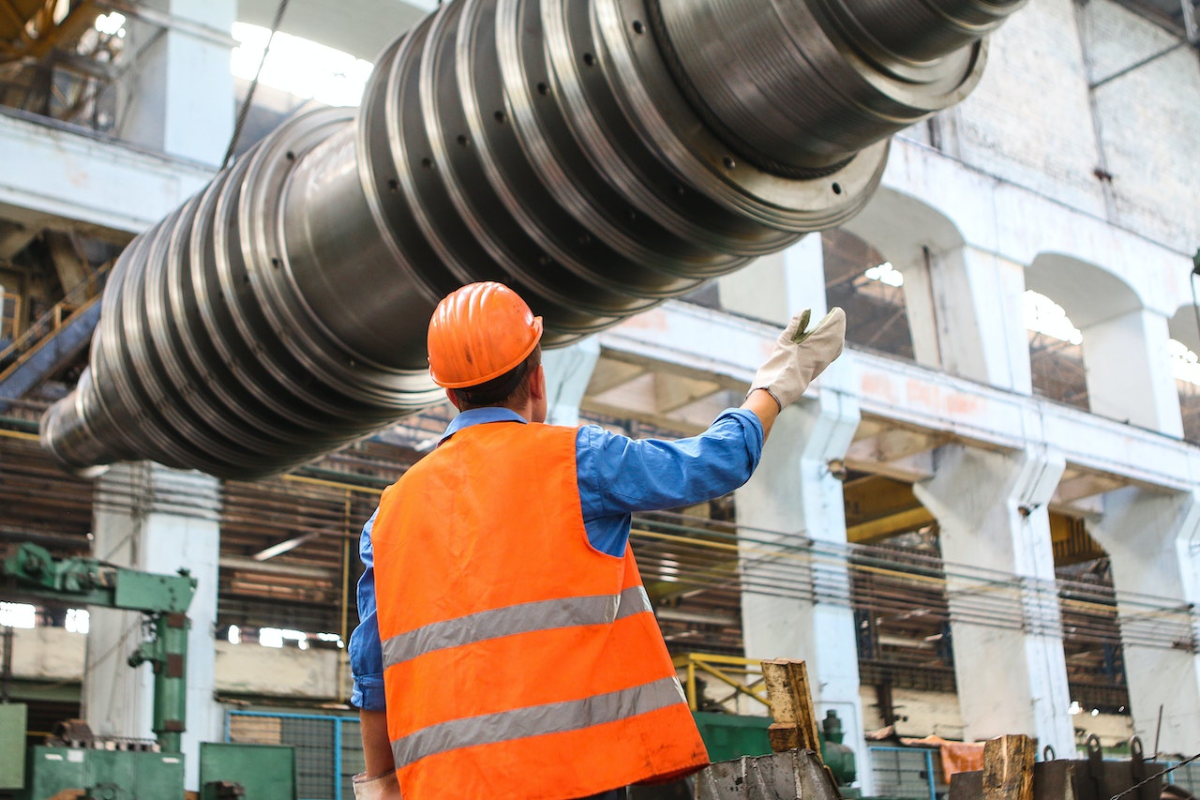Imagine a precise decision-making environment at a construction site. Productivity rises, delays are reduced, and resources are maximised. This is the jobsite management reality driven by real-time data.
According to recent surveys, 78% of professionals in the construction industry think that project productivity is increased by real-time data. Moreover, real-time data-driven initiatives have demonstrated a remarkable 31% decrease in cost overruns and a 23% reduction in project delays.
These figures emphasise the industry-changing effects of incorporating real-time data into construction jobsite management and show the concrete advantages of doing so. Let’s look at how utilising real-time data might transform the environment of construction sites.
What is BIM in construction ?
Building information modelling, or BIM for short, is a digital plan for building projects that has been enhanced. BIM generates a 3D model of a building that includes all of its components and systems, from walls and windows to plumbing and electrical, in place of just 2D drawings.
Similar to a virtual construction site, it allows better project planning, design, and management for teams. Also, BIM monitors modifications in real-time to prevent errors and guarantee that everyone is in agreement. BIM, in short, is like the brains that create a building’s beauty; it makes construction more intelligent and effective.
Dynamic Duo: BIM and Real-Time Data
In the construction industry, real-time data and BIM (Building Information Modeling) are like best buddies. Consider BIM as a digital blueprint that displays every aspect of a construction project.
Every member of the team can see the most recent modifications because real-time data updates BIM quickly. No more guessing or confusion. It directs everyone in the right path and functions similarly to a GPS for building sites. Projects function more smoothly, there are fewer mistakes, and everyone is in agreement when real-time data and BIM are used.
Here are 4 of the biggest challenges faced in the field of construction :
- Lag in data collection
- Relaying information is time consuming
- Project delays
- Budget overruns
Construction site administration was once done by challenging, manual procedures that frequently involved a lot of paperwork and delays. Overspending, project delays, and inefficiencies were among the issues brought on by this.
However, the construction industry now has an opportunity to progress and become more efficient, lowering these problems and enhancing project outcomes, thanks to real-time data and technology.
Let’s look at some benefits of Real-Time Data in Jobsite Management.
7 reasons why Real-Time Data in Jobsite Management is beneficial
- Enhanced Decision-Making: Real-time data allows for quicker and better-informed decision-making by providing up-to-date information on project progress. Project managers are able to assign resources effectively, modify timelines, and respond to problems quickly.
- Cost Control: The prompt discovery of cost overruns or budget deviations is made possible by real-time data. Proactive monitoring facilitates timely modifications and avoids unexpected expenses, which helps maintain projects within budget.
- Improved Productivity: Based on real-time data insights, jobsite managers may optimise workflows and resource allocation. Since tasks are completed more quickly and resources are used more wisely, productivity rises.
- Enhanced Safety: Instant reporting and tracking of safety issues are made possible by real-time data. This prompt handling of safety-related concerns lowers the possibility of mishaps and guarantees compliance to safety guidelines.
- Resource Optimization: Supervisors may monitor labour productivity, material consumption, and equipment utilisation with real-time data, which improves resource optimization. As a result, resource management is enhanced and waste is decreased.
- Client Transparency: Real-time data gives clients access to project status and financial updates, which promotes transparency. By keeping clients updated without requiring frequent meetings, you can foster cooperation and trust.
- Environmental Sustainability: Real-time data helps optimise resource use, lower energy consumption, and limit waste in construction projects, therefore reducing their negative environmental effects. This encourages the use of sustainable building techniques.
Empowering Construction Heroes: How Companies Can Fuel Real-Time Superpowers!
Helping employees use real-time information in construction is like giving them a superpower. Companies can do this by providing easy-to-use technology, like tablets or smartphones, that show the latest updates on the project. They can also give training so workers know how to use these tools.
When employees have real-time information, they can make better choices, fix problems faster, and finish projects on time. This helps the company save money and keeps everyone safe. So, companies can support real-time information, making construction projects smoother and more successful.
Building in the Cloud: Where Construction Meets Convenience!
Bid farewell to the days of lugging heavy blueprints or digging through a dusty trailer for the most recent designs. You can easily access anything you need with cloud and mobile solutions.
Want to see the most recent design updates? Find it on your device without any issues! Are you wondering if the materials arrived? Only a few clicks away!
The benefits don’t end there, though. It’s about boosting productivity, not just about ease. Employees are able to report problems immediately, communicate right away, and receive prompt responses to their inquiries.
Waiting? Goodbye! When all participants are in sync digitally, projects proceed more quickly and efficiently.
Not to mention the environmentally friendly part. Remaining digital reduces waste, the amount of paper used, and carbon emissions. Thus, moving to the cloud isn’t just a fad in the construction industry—rather, it’s a game-changer. One tap at a time, efficiency, teamwork, and saving the day are key components.”
Conclusion
To put it briefly, real-time data is the key ingredient that makes building projects safer, more efficient, and less expensive. It guides you to success like a GPS for your project! Decisions are made more quickly, spending is kept under control, and employee productivity increases with real-time data.
It also fosters collaboration and trust by keeping managers and clients informed. Reducing waste is another way that real-time data saves the environment. So, it’s a game-changer rather than just a tool.
It’s the jobsite management of the future, bringing excitement and efficiency to construction projects.




